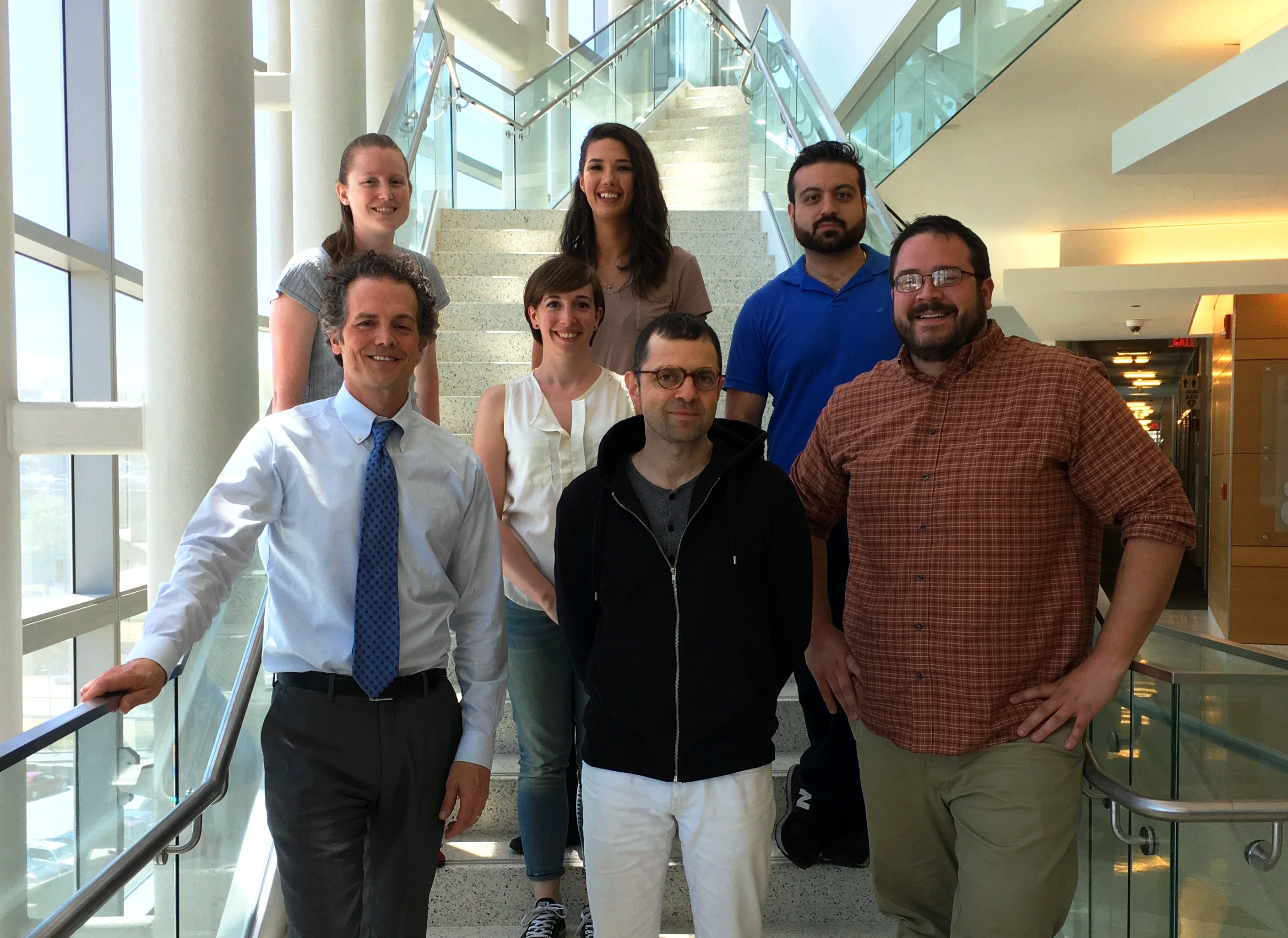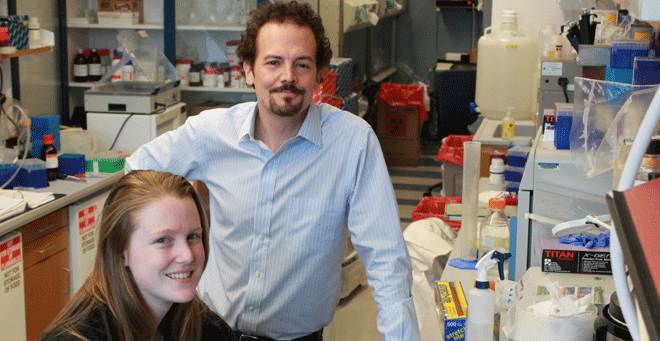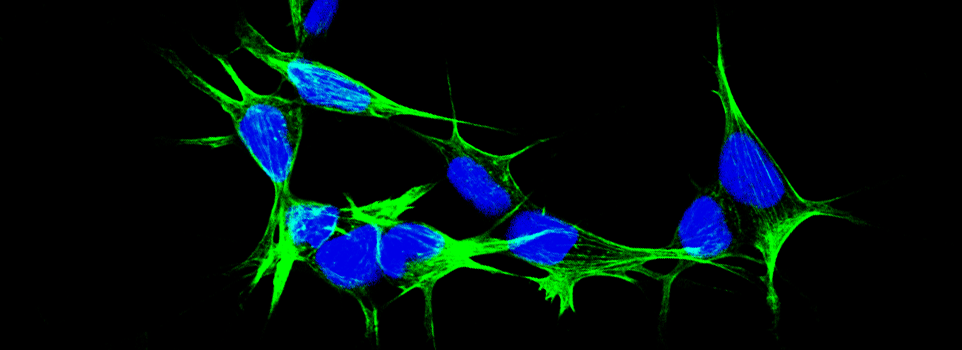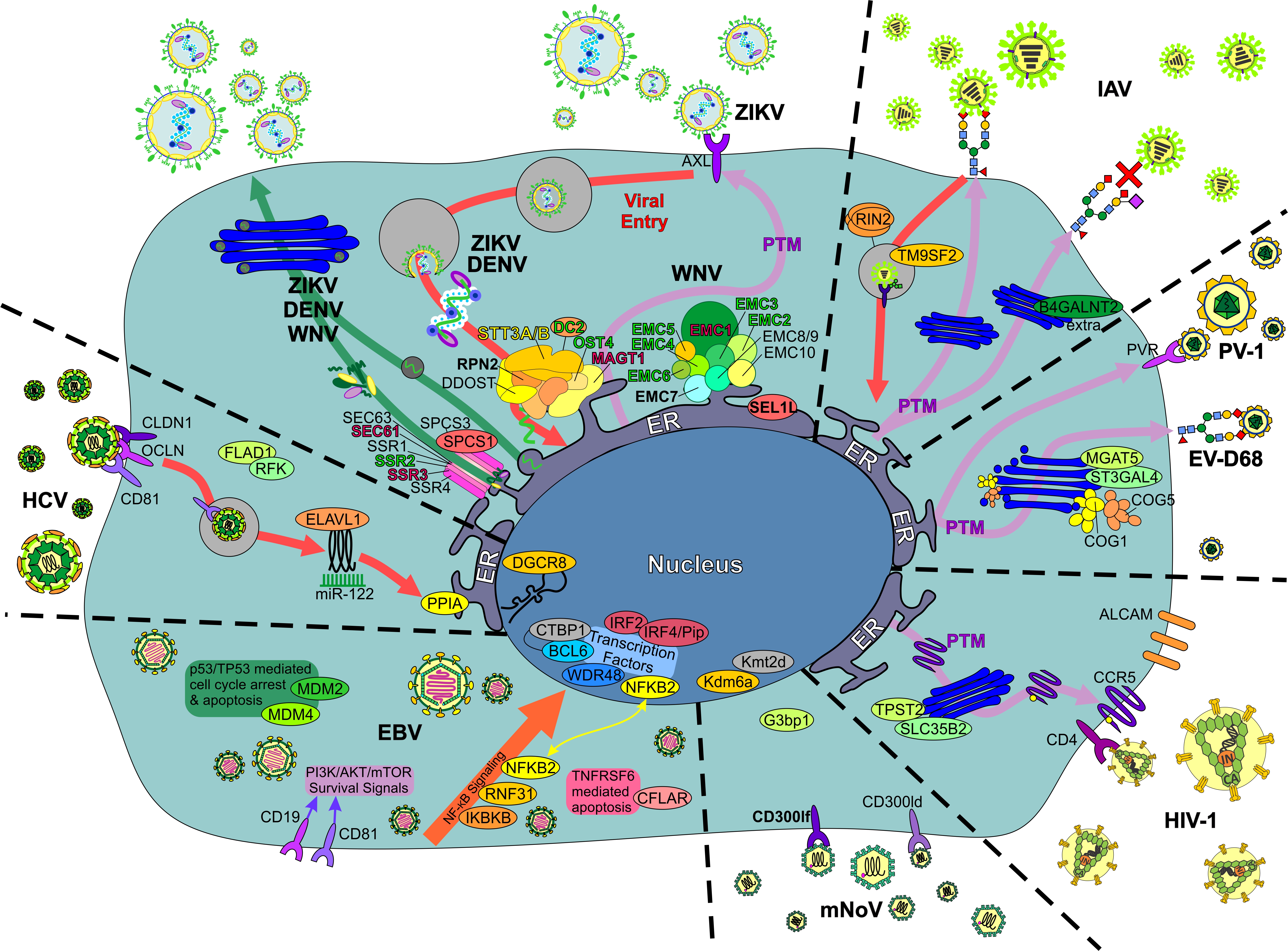Welcome to the Brass Lab
Our Lab
 Understanding human-viral interactions through functional genomics
Understanding human-viral interactions through functional genomics
There are more than 120 viruses that can infect humans and 72 of these can spread to us from other species. Incredibly this list continues to expand! Our lab investigates how such viruses exploit our cells and how we defend ourselves from their relentless attacks. Our goal is to use this knowledge to prevent and treat viral infections. Learn more about our lab, work, discoveries and publications.
Research Focus
Pathogenic human viruses: HIV-1, flaviviruses, hepatitis B and influenza A viruses
Using functional genomics to study the pathogenesis of human immunodeficiency virus (HIV-1), flaviviruses, hepatitis B virus (HBV), and influenza A virus, we have discovered key host proteins which are co-opted by invading viruses and host genes (e.g., the IFITM family) which protect our cells from viral attack. Read more
Highlighted Work
CRISPR Genetic Screens to Discover Host-Virus Interactions
“Viruses impose an immense burden on human health. With the goal of treating and preventing viral infections, researchers have carried out genetic screens to improve our understanding of viral dependencies and identify potential anti-viral strategies. The emergence of CRISPR genetic screening tools has facilitated this effort by enabling host–virus screens to be undertaken in a more versatile and fidelitous manner than previously possible. Here we review the growing number of CRISPR screens which continue to increase our understanding of host–virus interactions.”
UMass Chan scientists use CRISPR to discover Zika and Dengue weaknesses
“These viral dependencies on human proteins represent weaknesses that could potentially be used to prevent or stop infection,” said Brass. “Just like any enemy, the more we know about how these viruses function and replicate, the better.” . Read more
Our Cells Can "Swallow Up and Quarantine" Zika Virus
“This work represents the first look at how our cells defend themselves against Zika virus’ attack,” said Dr. Brass. “Our results show that Zika virus has a weakness that we could potentially exploit to prevent or stop infection.” . Read more
 A new life cycle stage in HIV invection
A new life cycle stage in HIV invection
“There are certain characteristics of a virus you can only learn about by keeping it intact and seeing it in action in single cells,” explains Jill Perreira, Research Associate in the Brass lab and a co-lead author on the study. “Researchers have been studying HIV for 30 years, but we still didn’t have a really good way to look inside infected cells. We thought that if we could just see what’s going on, then we could get a better idea of what the virus is doing and how to stop it.” Read more
We believe that great scientific discoveries happen when people work together.
Let's have the next big breakthrough together!










